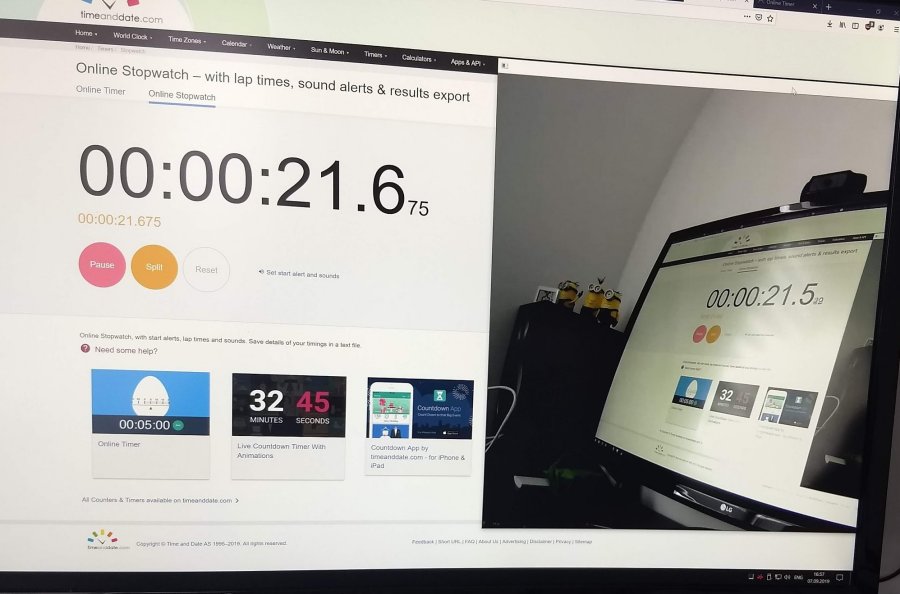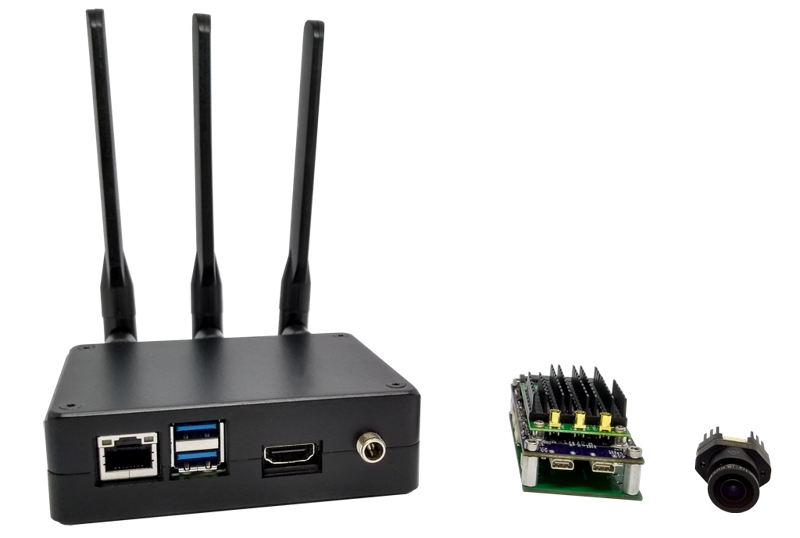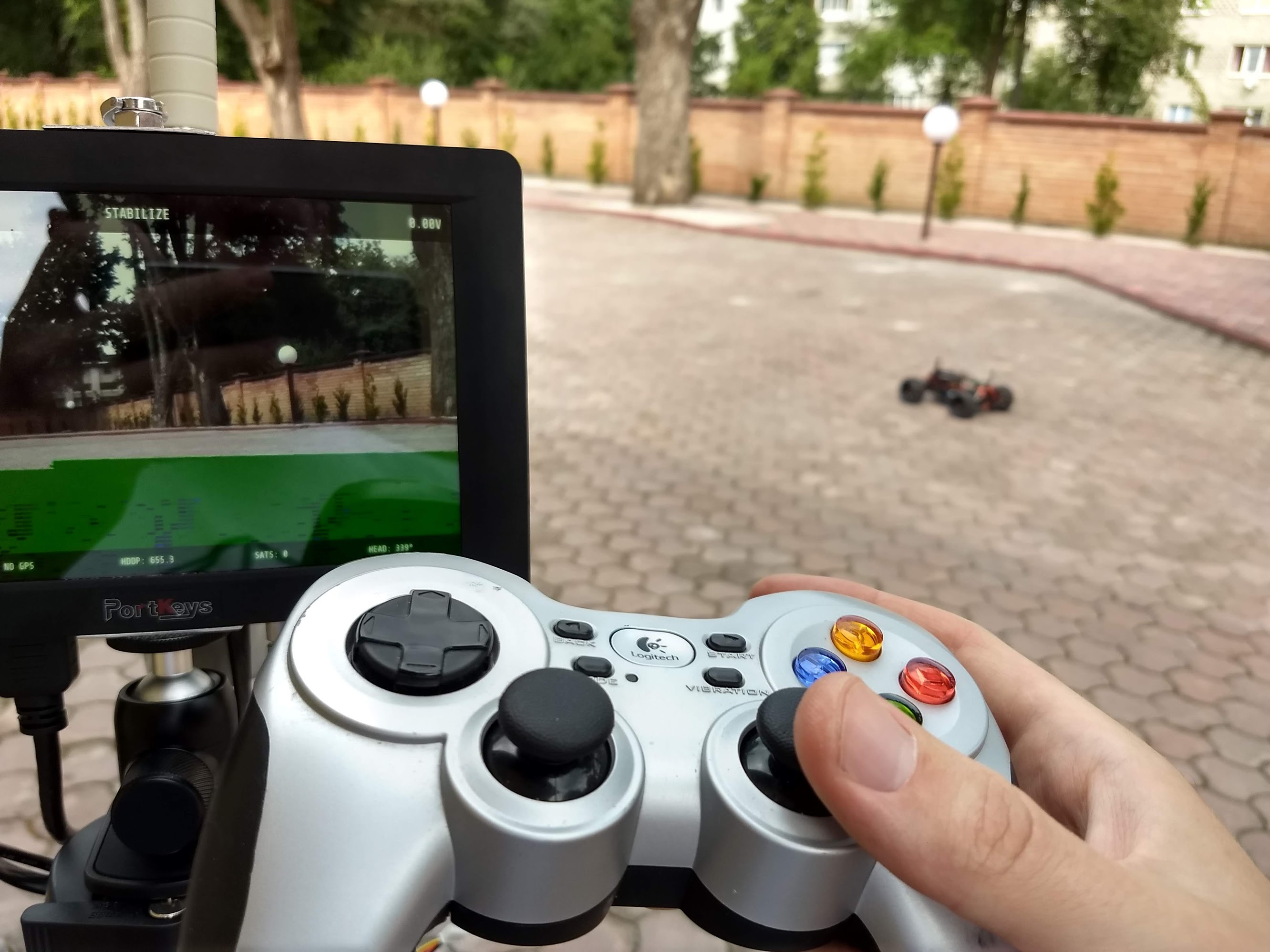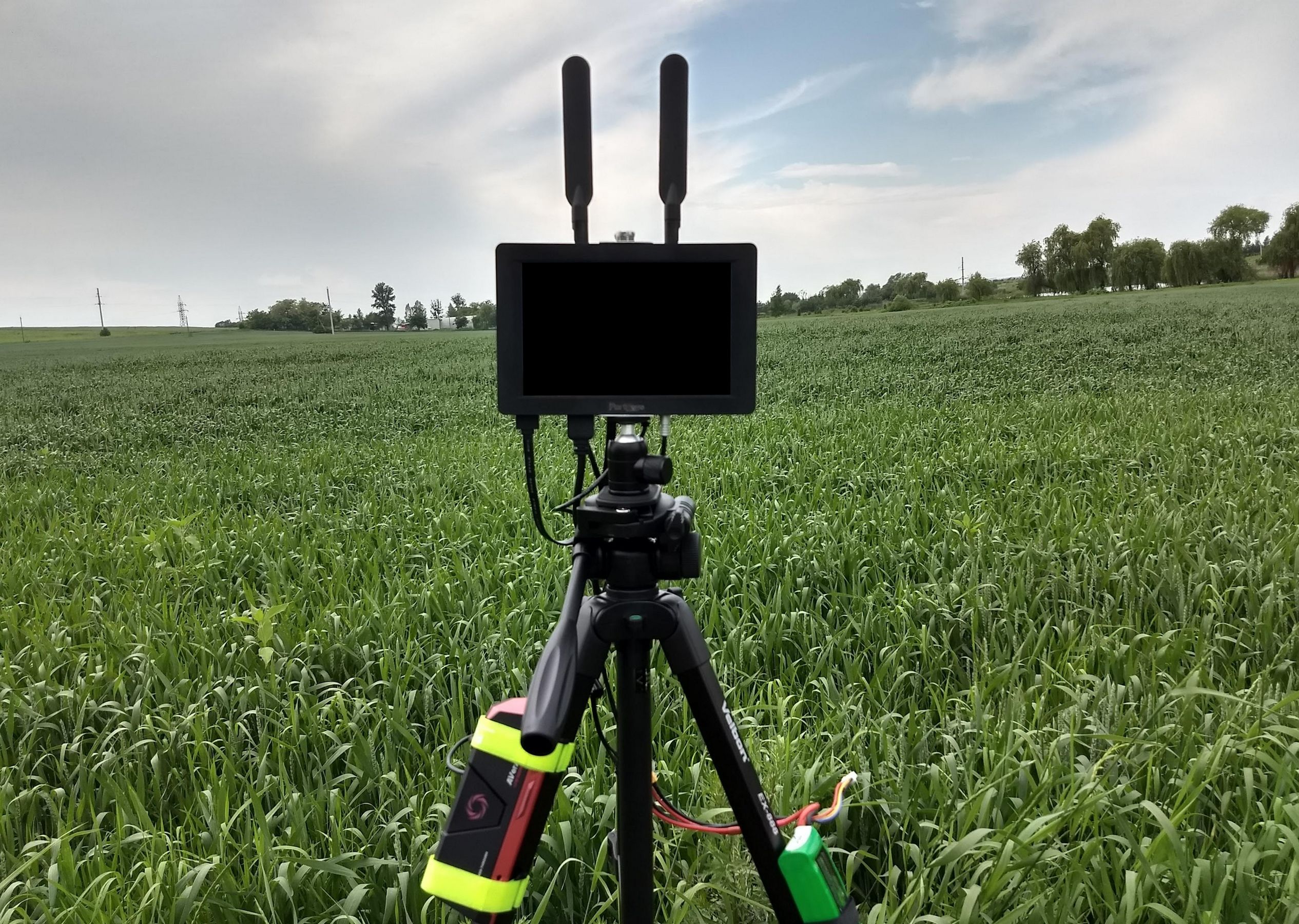Instead of building our own hardware we decided to focus on SokilLink software solution. Starting from now it is possible to use the solution on different Raspberry Pi boards (starting from Pi 2/Zero 2). Raspberry PI Camera (v2) is also supported.
Another news is LTE support : instead of relying on wireless data links we decided to implement cloud connections for SokilLink,
making it possible to fly without any range limitations everywhere with stable LTE coverage. Since the connection is established over the Internet,
there's no need for a ground station with a data link so you can control the drone from any location!
Instead of using VPN services we use direct connection established between a drone and remote control which gives the smallest possible latency
(which is about 150ms with Raspberry PI Camera).
To provide full support for LTE connections we have developed SokilLink Cloud service: currently it is only used for binding customer's drones to ground stations but there's more to come:
flights logging support, simultaneous work with drones and much more! The service is already available at cloud.sokil.aero.
Instead of building a ground station, an Android device with a gamepad and SokilGCS application installed is all you need. You might check Logitech G Cloud if you want even more compact solution: it's a great gaming console with built-in gamepad.
And the last but not the least: SokilLink Cloud is completely free for personal use: feel free to try it by following the manual.



